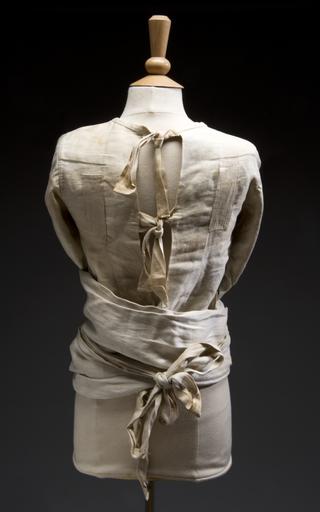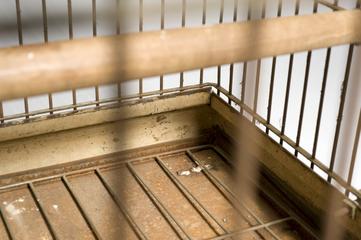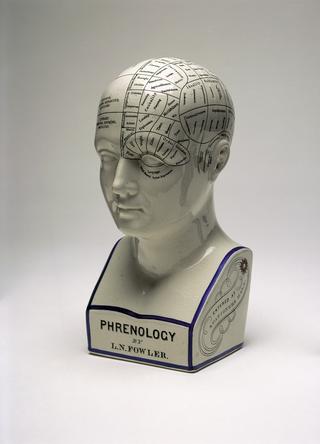



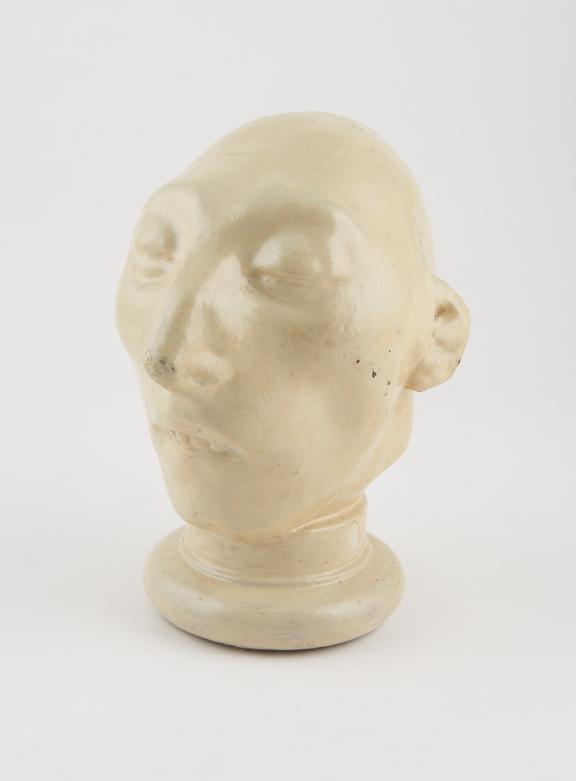

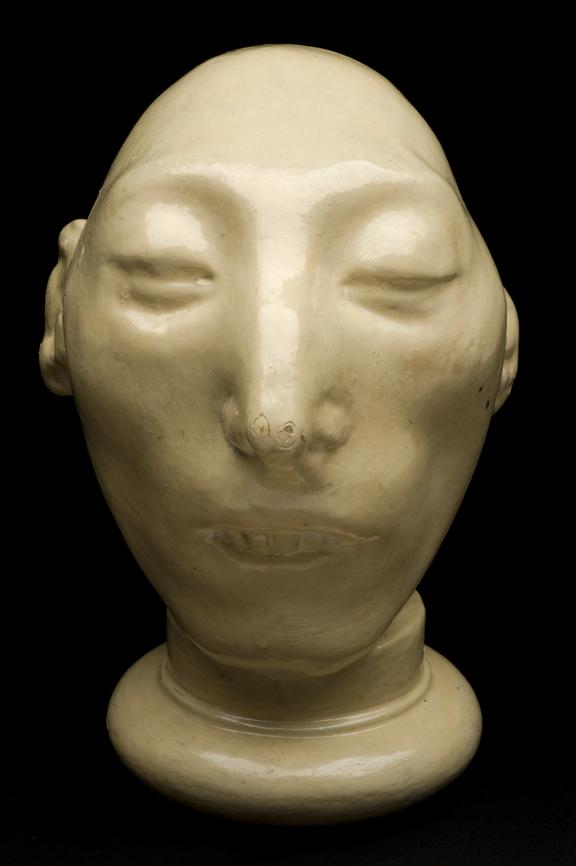
Phrenological cast of microcephalic head, defaced, from the British Phrenological Society, possibly Victoire, plaster, 1830-1900.
Microcephaly is a medical condition where the circumference of the head is small because the brain has not developed properly or has stopped growing. The condition is present at birth or develops within a few years. There is no treatment available and the effects on mental development can be severe.
This plaster cast was owned by the British Phrenological Society (BPS). Founded in 1866, the Society discussed different systems of phrenology – the once popular practice of reading the shape of the skull and underlying brain to determine a person’s personality. The BPS was disbanded in 1967.
Details
- Category:
- Psychology, Psychiatry & Anthropometry
- Object Number:
- 1999-389
- Materials:
- plaster
- Measurements:
-
overall: 212 mm x 165 mm x 191 mm, 1.51kg
- type:
- phrenological head
- credit:
- Wellcome Institute for the History of Medicine



